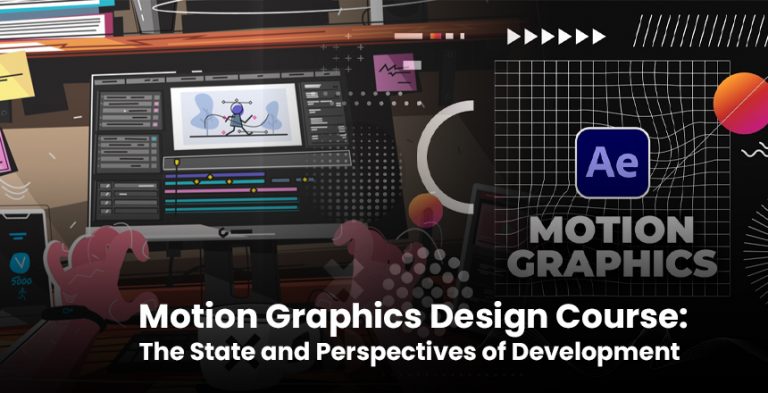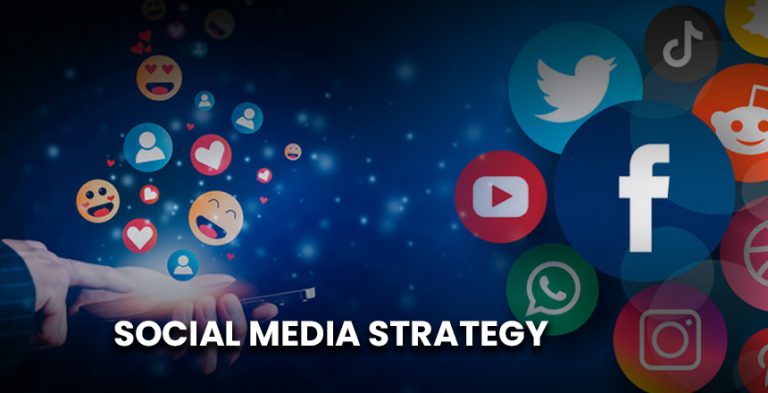If you have been exploring the wizarding world of technology, you certainly have had the chance to come across two very interesting and trendy career paths-they are Web Development and UX/UI Designer. Well, perhaps both are significant players in developing successful digital products; web developers literally build how things function and UX/UI designers shape it to how it looks and feels. But here comes a very commonly asked question: Can one learn both at the same time?
Understanding the Roles: Web Dev vs. UX/UI Design
To see how these two areas complement each other, let us break down the individual areas:
Web Development
- Web development is concerned with the construction and maintenance of websites or web applications. It typically has two main parts:
- Front-End Development: Creating the visible photographic part of a website, which is engaged by clients (HTML, CSS, JavaScript et al.).
- Back-End Development: Working on servers, databases, and application logic (such as Python, PHP, Node.js).
Full-Stack Development: A combination of both front-end and back-end skills.
- UX/UI Design
- UX (User Experience) and UI (User Interface) design focus on usability, aesthetics, and overall user satisfaction.
- UX Design: Researching what users need, designing workflows, and making the product intuitive and accessible.
- UI Design: The visual elements of an interface-the buttons and their layouts, as well as the typography.
While the development part technicalizes a product, UX/UI ensures it is really pleasant and usable to real people.
Why Learn Both Together?
Reasons Why Learning Web Development and UX/UI Together Makes Sense:
1. Communication Will Be Stronger
When you know both the design and development process, you can work smoothly in a team, converse in both languages, and cut down on croaking back and forth due to miscommunications.
2. Better Problem Solving
You are able to troubleshoot from perspectives of both a techie and a user; some would say, that’s worth its weight in gold-type assets in product teams or start-ups.
3. Further Out Freelance or Entrepreneurial Advantage
If you want to freelance, build your own product, or work in a small team, then being a “unicorn” — i.e., someone with complementary skills in design and code — really saves money, time, and agita.
4. Increased Creativity
Understanding the technical limitations of code will help you design interfaces that are more feasible, while design principles will polish and enhance your coding.
Learning Two Things Has Its Own Obstacles
Naturally, this is not to say that everything will work perfectly. Mastering two disciplines at once is beset with its own problems:
1. Information Overload
Web development and UX/UI are both vast fields. Learning both at the same time can sometimes seem like too much, especially if you’re a tech newbie.
2. Time Management
Balancing coding practice with design research and portfolio creation demands strong time management and discipline.
3. Skills Apart
Coding is more logical and structured; design digs into creativity, psychology, and visual-level communication. Switching gears between the two can be mentally taxing.
How To Learn in Both: An Approach for Effective Learning
Remember, the trick is to be strategic and avoid burnout. Here are some recommendations:
1. First, Focus On One While Integrating The Other.
Choose your primary focus-front-end development-and start learning UI design principles as a parallel course. HTML/CSS and design go together naturally. Comfortable with one? Introduce the other-UX research, wireframing, or back-end development.
2. Learn Through Projects.
You learn best when working on an actual real-world project. Create your interface on Figma or Adobe XD, then code it using HTML, CSS, and JavaScript. This reinforces both skills and will provide good portfolio material.
3. Use Learning Platforms That Teach Both.
Look for platforms (Coursera, Udemy, Scrimba, etc.) that will often offer a full-stack web development AND UX/UI course. Certain boot camps (like CareerFoundry or Designlab) even encourage crossover skills.
4. Set Yourself a Weekly Routine.
Try to structure your week so as not to clutter your days with back-and-forth courses on either subject. For example:
- Monday to Wednesday-Development (JavaScript, React, etc.)
- Thursday to Friday-UX/UI design (practicing in Figma, user flows, etc.)
- Weekend-Use both at play on a personal project.
Career Paths That Blend Both Fields
Don’t sweat being a jack of all trades. There actually are job titles that appreciate hybrid skills, like:
- Front-End Developer With UX/UI Knowledge
- UX Engineer
- Product Designer
- Full-Stack Designer/Developer
- Creative Technologist
These hybrid profiles are especially loved by startups that usually require people who can wear several hats.
Final Thoughts
Conceptually-yes, if proper strategy, time consideration, and project work are in place, acquiring a combination skill set that allows for design thinking mixed with technical execution will surely develop. Just bear in mind: you don’t have to go about mastering both at once. Rather, think of it in terms of two sides of a coin: your skills will grow together, eventually making you not a coder or a designer, but an integrated solution provider within the digital arena.








